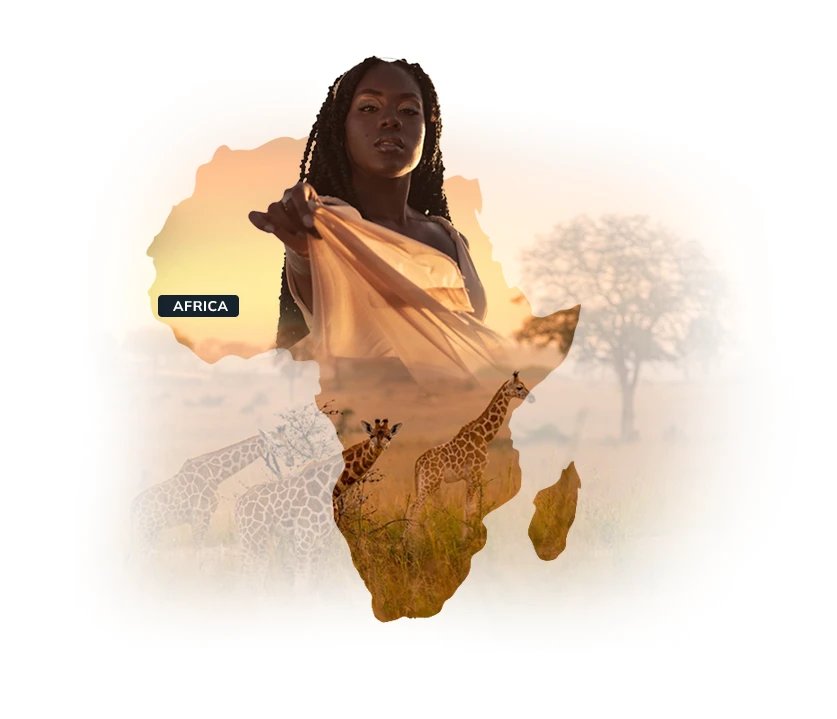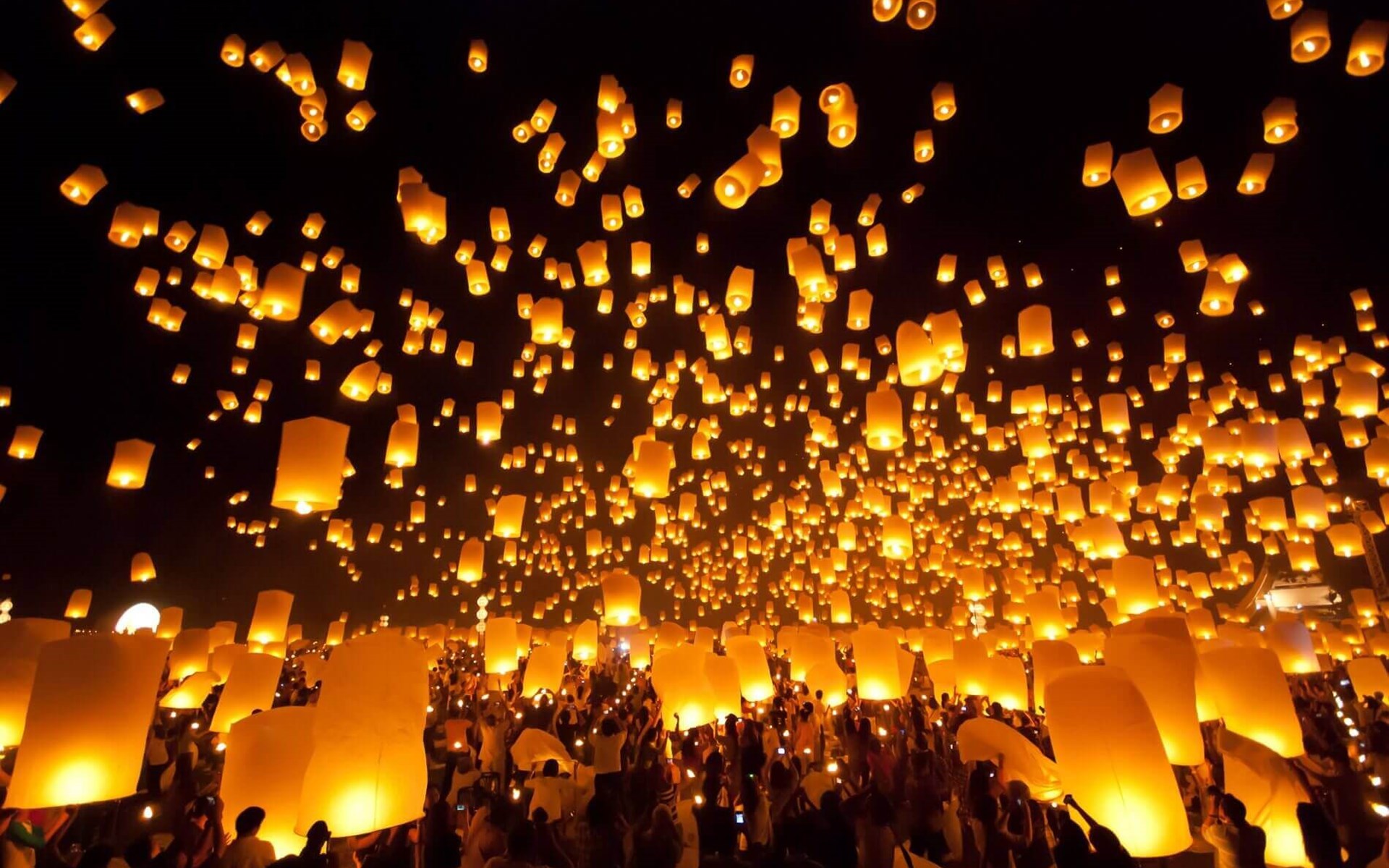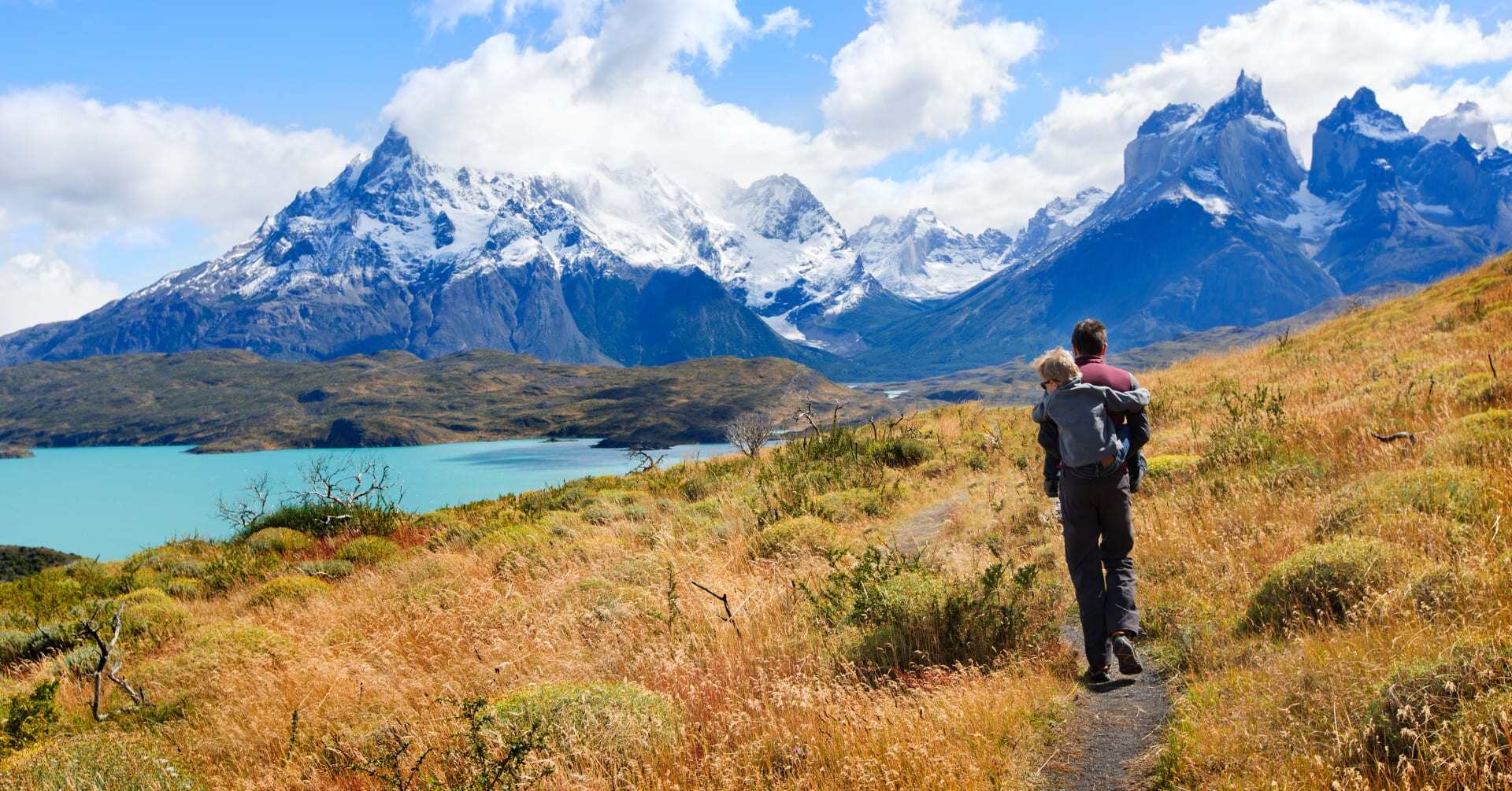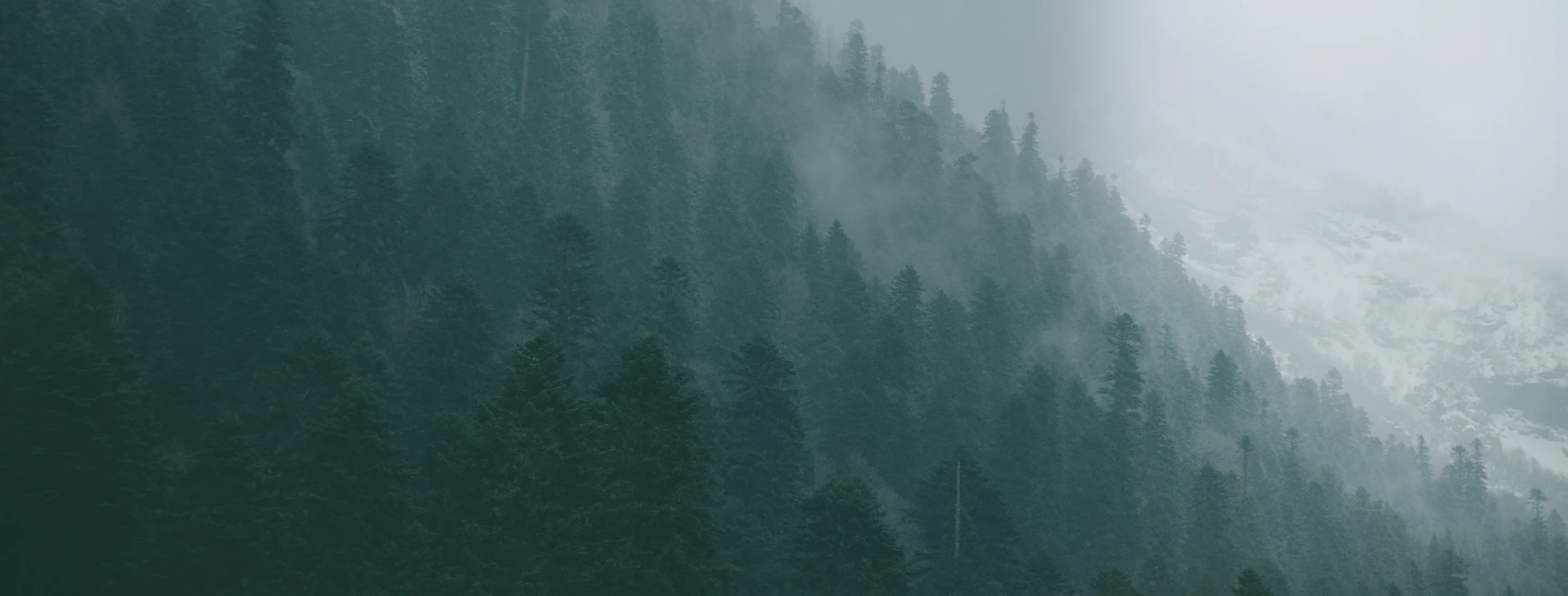Discover the beauty of the Seychelles while preserving the environment
The Seychelles is a 115-island archipelago with pearly-white beaches and turquoise waters that sparkle under the sun and boast a rich marine life and a community threaded together by many cultures. Here’s our responsible guide for travelling to the Seychelles.
The Seychelles islands are the stuff of dreams. When thinking about its dense rainforests cascading down granite cliffs, clear skies twinkling at night with a litany of stars, otherworldly yet pristine beaches, and rare species roaming freely, more often than not, an “I wish I were there” slips from the lips.
There are few places in the world where you can sit, curling your toes into balmy sands while watching turtles’ nest. Come to think of it, diving in the Seychelles also affords unparalleled explorations of little-seen coral reefs and swimming with manta rays and migrating whales. Put simply, the Seychelles is a land of once-in-a-lifetime experiences.
The untamed nature of the islands is partly because they weren’t discovered until the 16th century. At this time, the British and French became interested, and the Seychelles only came under British control in the 18thcentury. But there are also regulations in place in the Seychelles to support nature reserves and protected areas and safeguard fragile ecosystems. This has given the Seychelles a worldwide reputation as an environmentally friendly destination and pioneers of eco-tourism. On top of that, the Seychelles are world leaders in protecting endangered species like the islands’ national bird - the black parrot – and are known for their efforts to reverse the adverse effects of coral bleaching.
To help keep the Seychelles a haven – both for tourists and wildlife – here are some responsible and sustainable tips for enjoying your holiday in the Seychelles.

|
Have a look at some of our Seychelles Itineraries:
- Help Protect Its Biodiversity
Amazingly, Seychelles consists of 72 Outer Islands and 43 Inner Islands, and with them come several coral reefs that make up the Aldabra Atoll UNESCO site that supports uncommon marine life. There are thousands of giant tortoises here, while Curieuse Island has been proclaimed a Marine National Park where rare black parrots and 300 tortoises reside. Mahé Island has rare orchids, endemic plants, and many incredible landscapes, such as botanical gardens and rock beaches.
Please respect these wildlife and geological wonders by not removing plants, not harming or touching the animals, and please don’t get too close to either. Let them thrive naturally! Also, don’t feed any animals unless you have permission.
- Conservation Volunteer
If the care and survival of the Seychelles’ animals and landscapes interests you, why not try volunteering with local volunteers and environmentalists and aid them in their endeavours? Cousin Island is known for having once-in-a-lifetime volunteering experiences. The Global Vision International (GVI) uses volunteers to collect data on nesting sea turtles, Giant Tortoises and other species in Cap Ternay Marine Park. The GVI also has a Marine Conservation Expedition where volunteers can scuba dive to collect coral reef data.

|
- Offset your Carbon Footprint
Due to its geographical location, off the coast of mainland Africa, the Seychelles has a high carbon footprint. To balance the need to fly (usually long distances) to the Seychelles, we’d recommend staying as long as possible in the country, which means you avoid taking shorter trips throughout the year.
In addition, opt for low-carbon activities like walking around the islands to discover their flora and fauna and sustainable underwater activities like snorkelling and scuba diving. The latter will show you plankton-eating whale sharks and exquisite coral reefs. Remember never to touch the wildlife or the coral reefs, and try not to stir up sediment that might suffocate the corals. During our Cosmoledo Scuba Diving Trip, you can dive around the waters of Outer Seychelles daily.
You should also use local transport as often as possible. They run frequently, or if you’d like to see more of the islands (and keep in shape), you could rent or take cycling tours.
- Visit Local Sites
One of the best ways to understand and appreciate the local culture and history is to visit cultural sites. No matter where you are, there will be something for you to see. We’d suggest asking your hotel for recommendations. Visiting these places also helps generate money for the local economy, plus the income helps preserve the sites. So, it’s a win-win for everybody involved.

|
- Reduce Your Use of Plastic
As we’ve already said, the Seychelles have diverse marine life and bird species and single-use plastics threaten their existence. We’d recommend carrying a reusable water bottle or, more preferably, a water bottle with an integrated water purifier, as the water quality in the Seychelles is sometimes questionable. Secondly, why not keep a small tote bag or a reusable shopping bag with you so you don’t need to rely on plastic bags when shopping?
- Shop & Eat Locally
Speaking of shopping, there is nothing better than visiting local artisan shops and markets during your holiday in the Seychelles. For one, buying locally means fewer emissions from transport companies, which reduces the carbon footprint. Plus, you get to meet the locals and discover their way of life. A great tip is to buy handmade products over imported ones, so avoid “souvenir” shops as this helps preserve the country’s heritage. Also, don’t buy things made from protected or endangered species.
Eating locally also supports the local economy and people, but it’ll also allow you to taste local flavours and eat healthier and fresher ingredients. The tropical vegetables and fruits grown in crop fields and sold in local markets are particularly delicious! Fish is the most common food in the country. However, when travelling responsibly in the Seychelles, you should avoid eating the most vulnerable types of fish. Don’t eat shark, tuna, parrotfish, and certain groupers (brown-marbled coral grouper, roving coral grouper, blacksaddled coral grouper, and camouflage grouper). Also, try not to eat endangered species, for example, turtles, no matter how exotic they are.
|
|
- Stay in Eco-Friendly Accommodation
Obviously, you’ll want to stay in a luxury hotel during your holiday in Seychelles but also try to book eco-friendly accommodations, which give back to the local people, environment, or culture. For example, Eden Bleu Hotel (near Seychelles International Airport) is part of the Travel Sustainable programme and works with local, small businesses. This hotel is featured in our Safari & The Seychelles itinerary.
- Be Smart & Efficient with Energy Use
It is very easy to forget about energy use while staying in a luxury hotel in an exotic destination. But there are a few responsible things you can do to help the Seychelles reduce its carbon footprint. For one, turn off the TV, lights, and air-conditioning when not in the room.
Along the same lines, try not to waste water. Instead, take short showers, don’t leaving the water running when not using it, and don’t change towels daily. This reduces the number of times the hotel has to wash them.
As for using the hotel’s products, try to use only the ones you need. Alternatively, bring your own shower gel and shampoo in reusable bottles. This also applies to make-up bottles, and you could also bring reusable make-up removal pads so that the ones the hotel offers don’t end up in the ocean or landfills.
Talk to a Wayfairer Travel Specialist and discover your perfect holiday in Seychelles











